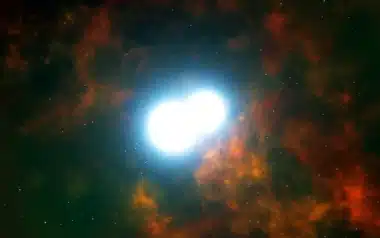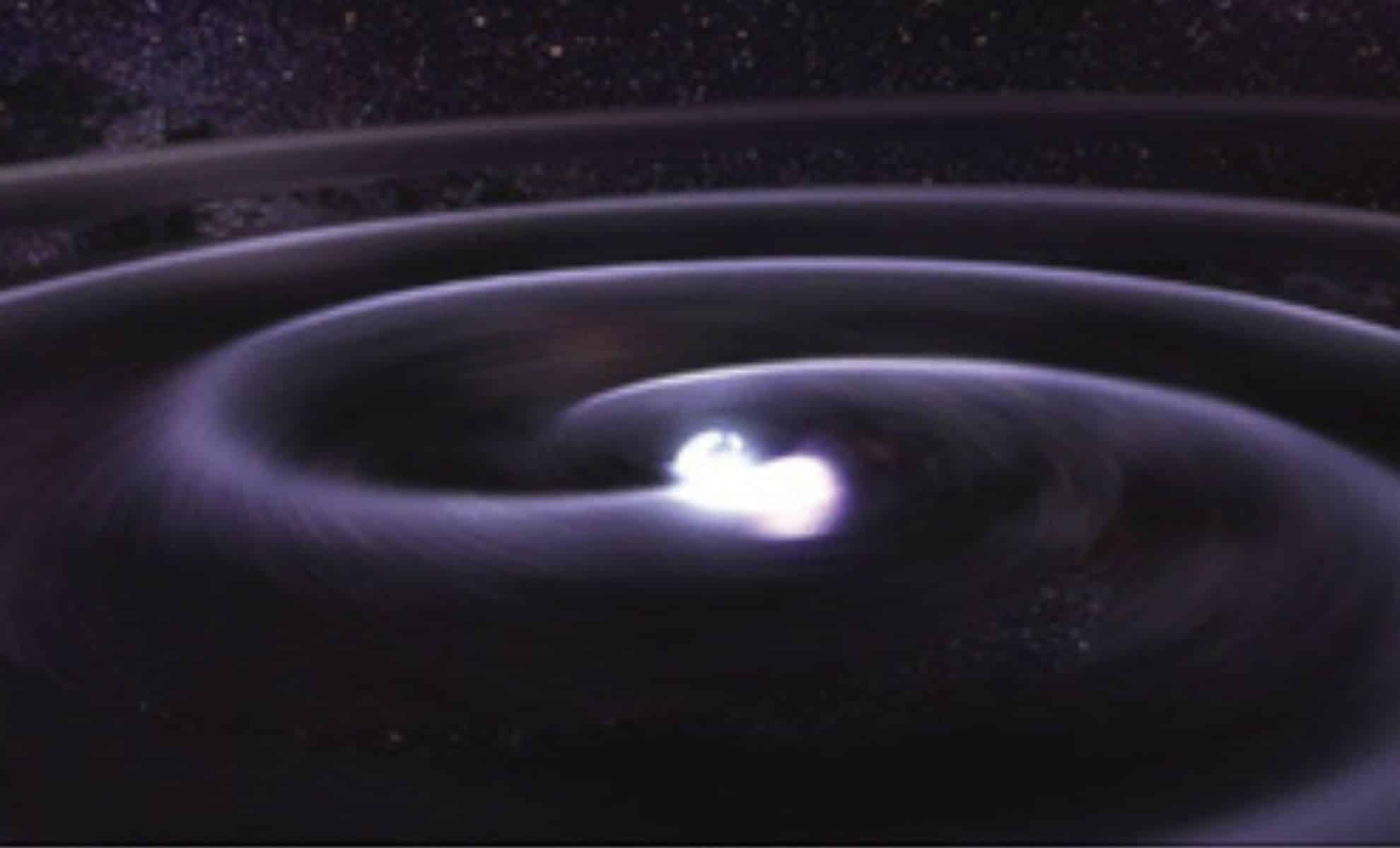A star that appeared in the sky 840 years ago and then disappeared has recently shown new activity, providing astronomers with valuable insights into stellar phenomena.
Recorded in historical documents from Japan and other parts of Asia in 1181, this “guest star” was rediscovered in 2021. Now, new research reveals the star’s unique properties and the processes behind its revival.
Historical records and rediscovery
In 1181, a new bright star appeared in the constellation Cassiopeia. This object, known as a “guest star”, was visible for about 180 days before disappearing from view. It was described in records from the Genpei War period in Japan, as well as in Chinese and Korean historical documents.
The brightness of the star was comparable to the brightness Saturn at its peak, a remarkable phenomenon recorded during the tumultuous period marked by the establishment of the Shogunate in Japan. Despite its importance, the star’s exact location and nature remained a mystery for centuries until astronomers determined its location in 2021 using both historical reports and modern observational techniques.
“There are many reports of this temporary guest star in historical records from Japan, China, and Korea. At its peak, the star’s brightness was comparable to that of Saturn. It remained visible to the naked eye for about 180 days until it gradually faded.” line of sight,” explained Takatoshi Ko, a doctoral student in the Department of Astronomy at the University of Tokyo. This discovery not only provided a fascinating link between ancient observations and modern science, but also paved the way for further investigation into the origin and characteristics of the star.
A rare type of supernova
Guest Star, now known as supernova remnant (SNR) 1181, formed as a result of the collision of two white dwarfs. Classified as Type Iax, this type of supernova is relatively rare and involves the merger of two dense Earth-sized stars. Unlike typical supernovae that obliterate colliding stars, this event left behind a single rapidly rotating white dwarf.
Discovery SNR 1181 allowed researchers to study the remnants of this supernova and understand the unusual results of such stellar collisions. “A white dwarf is the exposed core of a star like the Sun that has reached the end of its life. The collision should have destroyed it and turned everything into energy, but instead it results in a new strange white dwarf that spins very fast.” on its axis,” the research explained.

This finding is crucial for astronomers because it challenges the conventional understanding of the mechanics of supernovae and the fate of white dwarfs. By examining the remains SNR 1181scientists can gather valuable data about the physical processes that occur during and after these rare stellar events.
Recent observations and stellar winds
The new observations revealed that high-velocity stellar winds began to blow from the surface of the white dwarf remnant within the past 20 to 30 years. This phenomenon was unexpected because stellar winds were not observed immediately after the supernova event. “If the wind started blowing right after SNR 1181 formation, we could not reproduce the observed size of the internal shock region,” Ko said. SNR 1181 accurately and reveals the mysterious properties of this high-speed wind.”
Computer simulations suggest that material falling on white dwarf it could have increased its temperature and density, triggering renewed stellar winds. These findings were supported by numerical calculations that tracked the time evolution of the shock regions around the white dwarf. This recent activity suggests that the white dwarf could be experiencing a revival due to the accumulation of material on its surface, reigniting the nuclear burning processes that produce the observed stellar winds.
Interdisciplinary research and future studies
The combination of historical records and modern astronomical techniques was essential to understanding SNR 1181. “The ability to determine the age of supernova remnants or the brightness at the time of their explosion through archaeological perspectives is a rare and invaluable contribution to modern astronomy,” Ko said. This interdisciplinary approach highlights the potential for combining different disciplines to reveal new dimensions of astronomical phenomena. By integrating historical documentation with advanced observational data, researchers can piece together the life cycles of stars and their remnants in unprecedented detail.
The research team plans to make further observations SNR 1181 using Very Large Array (VLA) radio telescope in New Mexico and the 8.2 meter class The Subaru Telescope in Hawaii. These additional studies aim to validate their computer model and gain more insights into the behavior of the white dwarf and its stellar winds. By continuing to monitor SNR 1181, scientists hope to confirm their hypotheses about recent stellar wind activity and better understand the mechanisms that drive these processes.
Implications for stellar evolution
The findings concerned SNR 1181 they provide valuable information about the diversity of supernova explosions and the evolution of white dwarfs. The study shows how historical documentation combined with advanced technology can lead to major discoveries in astronomy.
Understanding behavior SNR 1181 and similar objects can shed light on the complex processes that govern the life cycles of stars and the dynamics of stellar remnants in our galaxy. These findings have broader implications for astrophysics, including the study of supernovae, stellar evolution, and the conditions that lead to the formation of exotic stellar objects.
As researchers continue to explore the mysteries SNR 1181, contribute to a deeper understanding of the universe and the forces that shape it. Ongoing research into this unique supernova remnant promises to reveal more about the interplay between stellar physics and historical observations that has guided astronomers for centuries.
